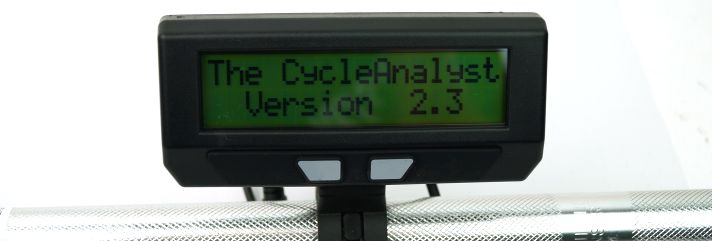
Original Intro
What it Does
- Volts, Watts, Amps: The instantaneous electric power being drawn from the battery.
- Amp-Hours, Watt Hours: The net energy that has been pulled from the pack since the meter was reset. The accumulated amp-hours let you know the remaining energy in the battery pack with far greater accuracy than a voltage or LED indicator.
- Speed, Distance, Time: All of the basic features of a bicycle computer, including the average and maximum trip speeds, plus a total distance odometer.
- Regen, Wh/km: There are several quantities this meter will calculate that you don't get with other instrumentation, such as the % extra range that was gained from regenerative braking, as well as the vehicle's average energy use in Watt-hours per kilometer or mile.
- Peak Currents and Voltage Sag: Records the maximum forwards and regenerative currents as well as the minimum voltage on the battery pack.
- Total Battery Cycles and Amp-Hours: Retains life cycle information on the vehicle's battery pack, such as how many charge and discharge cycles the pack has experienced and the total amp-hours that were delivered over its entire life.
- Speed Limit: This has the utility of providing legal compliance to the speed cap imposed on ebikes in most jurisdictions. When used with a full throttle, it serves as a cruise control on the electric bicycle. It can also be beneficial to riders who want to increase their torque and power by using a higher voltage battery, without simultaneously increasing their top-end speed.
- Current Limit: An adjustable amps limit is useful to prevent damage to the batteries from excessive current draw, to increase the range that you'll get on a charge, and to protect the motor controller and motor in setups that draws too many amps.
- Voltage Cutout: A low voltage cutout is used to protect a battery pack from being discharged too deeply, which can cause cell reversals in NiMH/NiCad packs, permanent cell damage in Lithium packs, and sulfation in Lead Acid batteries. The programmable low voltage rollback allows you to set an appropriate low voltage point tailored to your pack.
Additional Features
- Remote Shunt: Unlike the watt-meters and amp-hour meters designed for RC hobbyists, the Cycle Analyst uses a remote shunt for sensing current rather than running wire through the meter, so you do not need to route heavy gauge battery cables up to the handlebar and back.
- Backlit LCD: The display readout is well illuminated for night riding.
- Water Resistant: The circuitry is fully enclosed in a sealed box enabling it to withstand exposure to wet and rainy conditions.
- Handlebar Mounting: Easily attaches to handlebar tubes from 7/8" to 1 ¼" diameter with included hardware.
- Save on Power Down: Trip data such as amp-hours and distance are saved when the meter is shut off, and are restored when power is re-applied.
- Fwd and Negative Amps: Both positive and negative amp-hours are displayed separately, so you can calculate accurate regenerative braking statistics or use it to monitor charging currents as well.
- Wide Voltage Range: Operates from 10V to 150V, accommodating the vast majority of all small electric vehicles. A high voltage option for use up to 350V is available on special request.
- Flexible Speed Input: Detects vehicle speed either with a magnet and sensor cable or through the hall effect signal on brushless motor controllers.
- Data Logging: Devices have a serial output stream that can be used for real-time recording the vehicle statistics to a computer or laptop.
Cycle Analyst Types
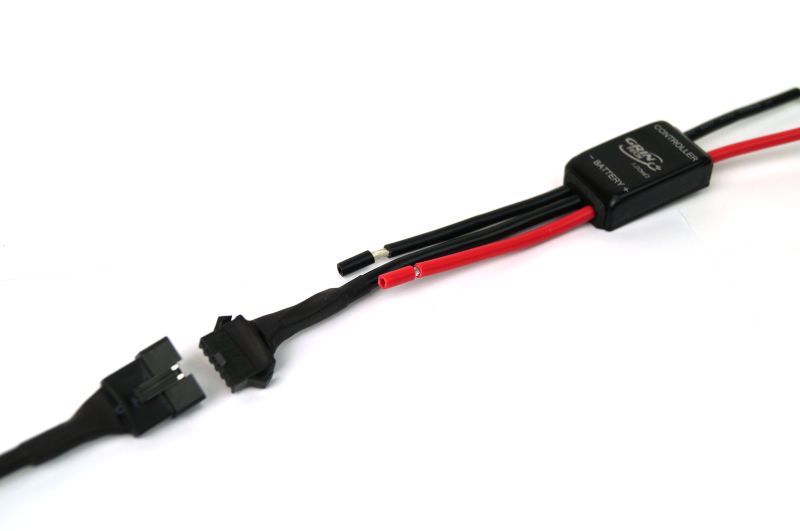 | 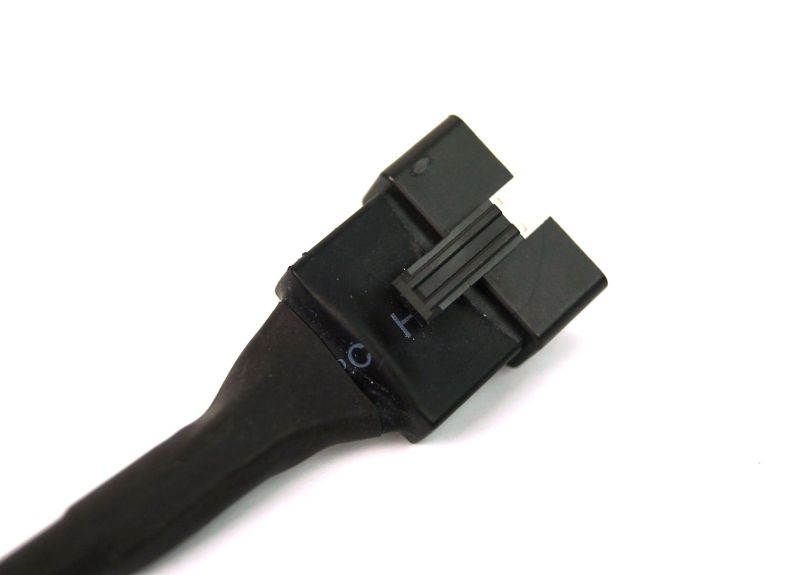 | 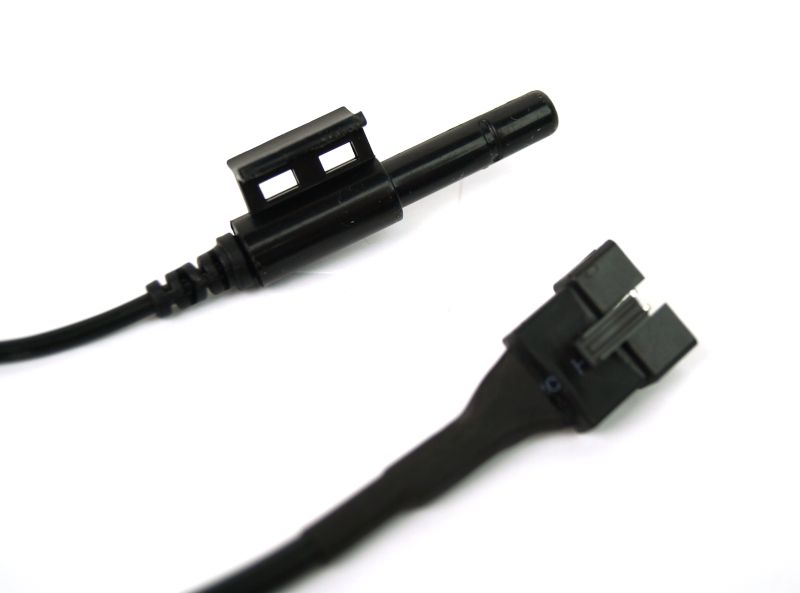 |
| Stand Alone Model: Stand Alone Model (CA-SA): The stand-alone Cycle Analyst comes pre-calibrated to a molded shunt resistor capable of handling 45 amps continuous and up to 100 amps peak. It is designed to be compatible with virtually all types of Personal Electric Vehicles (PEVs). A pair of pigtail leads on either side of the shunt simply connect between the vehicle's battery pack and motor controller. Speed is detected via a spoke magnet and sensor cable. | Direct Plug-in Model (CA-DP): This unit is designed to plug directly into a motor controller to get the appropriate signals, resulting in a tidy installation with minimal wiring. Most motor controllers have an internal current sensing shunt resistor that can be used for measuring current, as well as a hall sensor signal that can be used to detect the wheel speed in direct drive hub motors. The CA-DP is terminated with a 6-pin plug that connects directly to the modified Crystalyte, Infineon, and eZee Controllers that we have at www.ebikes.ca. | Direct Plug-in with Speedo (CA-DPS): This is a variation of the CA-DP device for ebike setups that can't use the hall signals in the motor controller for the speed sensing. This would include DC motor systems which don't have hall sensors, geared motor setups like the eZee kits where the motor RPM does not match the wheel RPM, and mid-drive arrangements where the motor powers through the bicycle drive chain. It uses a separate speedometer sensor and spoke magnet like the Stand Alone device to pick the speed from your wheel. |
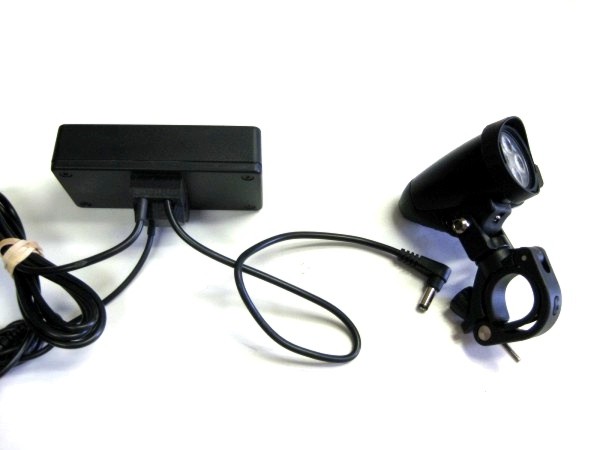 | Power from Cycle AnalystThe included 5.5x2.1mm DC Power cable can be wired directly from the Cycle Analyst by opening the CA and soldering the red and black wires to the CA's V+ and Ground pads. Since the CA and Lumenator are usually both located on the front handlebars, this saves running the cable down to the battery pack. If you don't have a Cycle Analyst, you can make an Anderson Powerpole tap for use with Powerpole systems, or wire in to whatever connectors or terminals you have available on your battery. |
Firmware and Programming
The CA firmware is updated via the communications port using a TTL->USB adapter cable and the same firmware update tool as the V3 CA devices:
Download CA V3 Update Tool, V1.2
You will need the programming cable to be recognized as a COM port on your computer. Windows XP and Windows 7 will both find the correct driver automatically if you enable it to search windows update, otherwise you can download and install the VCP (virtual com port) drivers from FTDI:
https://www.ftdichip.com/Drivers/VCP.htm
In order for the bootloader to work the Cycle Analyst must be externally powered up, it won't get power just from the programming cable alone. So either bring a laptop nearby to your ebike, or have a battery or other source at hand to turn on the CA. The TTL->USB programming cables that we offer are a full 3m long which can help with the reach.
To update the firmware, select the .hex file you want to load, select the serial COM port on your machine that is connected to the CA, and then hit the button "Update Firmware".

At that point, the program will detect the CA automatically and start programming, or it will say "Please cycle power to the device" and it is waiting for the Cycle Analyst to be turned on. You have 30 seconds in which to turn on the device, and once that happens the Cycle Analyst will be detected and you will see a message showing the firmware upload progress, followed by a verify process, and finally an "Upload Complete!".
CA V2.4 Prelim Hex File May 2015, Try this one for battery gauge icon
CA Marine V1.03 Apr 2015, Special Marine firmware for applications that don't require speedometer
CA V2.3 June 2012, The Original V2.3 CA firmware
User Manuals
The quick start guide for the current V2.4 CA Firmware is available here.
The V2.3 manual contains more details on display screens and setup parameters, and is available here.
Old versions of the user manual going right back to the Drain Brain devices are available from our documents listing.
Accessories
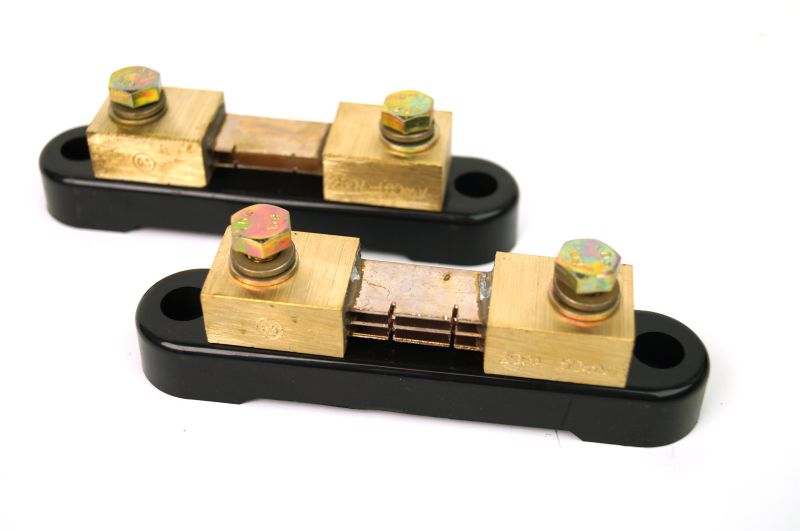
CA-DP Extension Cable: We have a 2 foot extension cable that is terminated with a 6 pin male connector at one end and a mating female connector on the other. This can be useful for some recumbent or stretched vehicles with the stock 5 foot cable lenth is insufficient for reaching between the display and the controller.